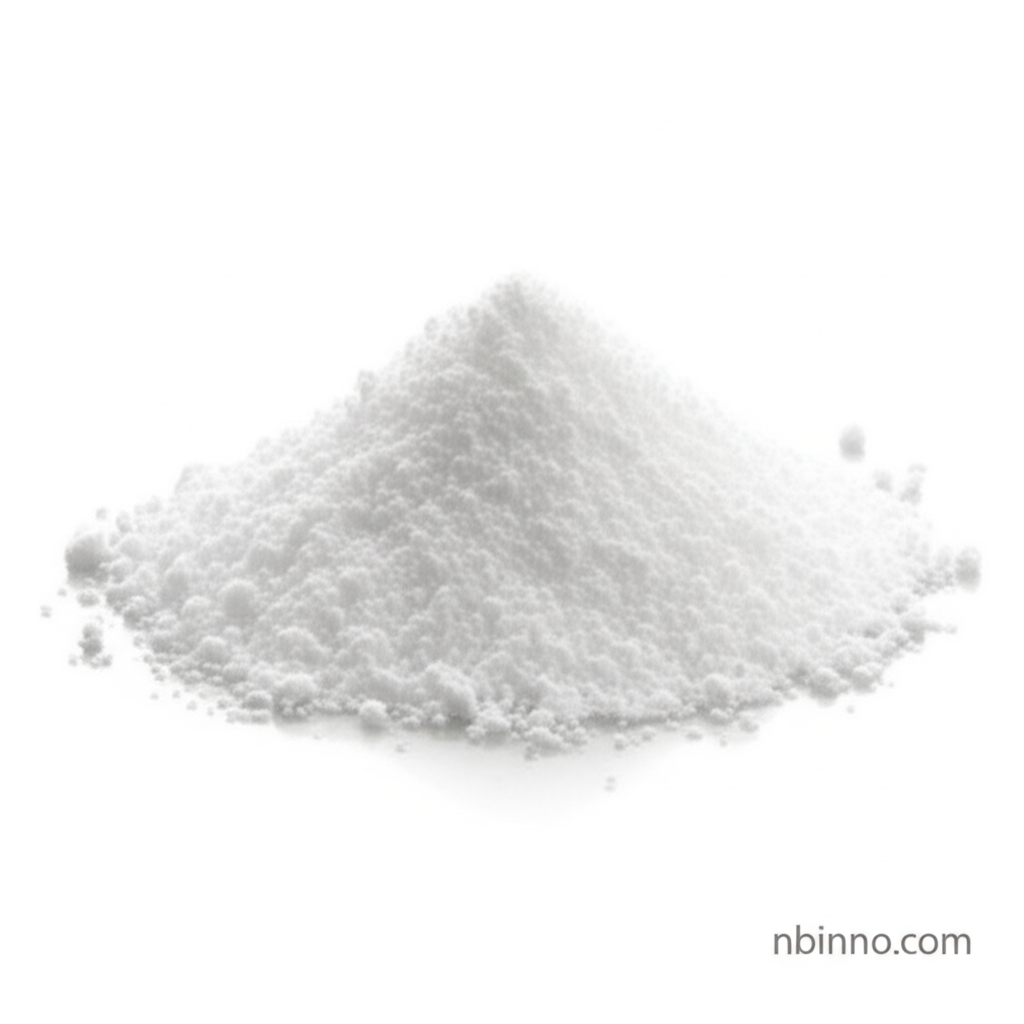Unlock Pain Relief: Understanding Lidocaine Hydrochloride for Anesthesia and Beyond
Discover the multifaceted applications and safety of Lidocaine Hydrochloride, a cornerstone in modern anesthesia and pain management.
Get a Quote & SampleProduct Core Value

Lidocaine Hydrochloride
Lidocaine Hydrochloride is a crucial amide-type local anesthetic and antiarrhythmic drug. It functions by stabilizing neuronal membranes, effectively blocking ionic fluxes required for nerve impulse initiation and conduction, thereby providing local anesthesia. Beyond its anesthetic capabilities, it also exhibits antiarrhythmic properties, making it a versatile compound in various medical applications, from dental procedures to managing cardiac arrhythmias.
- Understanding lidocaine hcl for pain relief: Lidocaine hydrochloride is a potent agent that provides localized pain relief by preventing nerve signal transmission to the brain, offering effective management for various painful conditions.
- How lidocaine works anesthetic: Its primary mechanism involves blocking sodium channels in nerve cell membranes, which prevents the depolarization necessary for nerve signal propagation, resulting in numbing of the affected area.
- Lidocaine hydrochloride precautions: Proper dosage, administration technique, and readiness for emergencies are paramount. Patients with certain medical conditions, such as severe liver disease or heart problems, require careful monitoring and potentially reduced doses.
- Amide type local anesthetic lidocaine: As an amide-type local anesthetic, lidocaine offers a reliable and well-established profile for a wide range of anesthetic applications, differentiating it from ester-type anesthetics in its metabolic pathways and duration of action.
Advantages Offered by the Product
Rapid Onset of Action
Lidocaine hydrochloride is known for its quick onset, allowing medical professionals to achieve desired anesthesia or pain relief efficiently, which is crucial for timely procedures.
Versatile Application
From infiltration anesthesia to nerve blocks and topical pain relief, lidocaine hydrochloride's adaptability makes it a go-to choice for numerous medical and dental procedures, fulfilling diverse patient needs.
Dual Action Profile
Possessing both local anesthetic and antiarrhythmic properties, lidocaine hydrochloride offers a dual therapeutic benefit, addressing pain control and certain cardiac rhythm irregularities effectively.
Key Applications
Local Anesthesia
Providing temporary loss of sensation in specific body areas for minor surgeries, dental procedures, and diagnostic examinations, as highlighted by its common uses.
Pain Management
Relieving pain and itching from conditions like sunburn, insect stings, minor cuts, and significantly, postherpetic neuralgia, offering comfort to patients.
Medical Procedures
Used in procedures like intubation, as a lubricant for endoscopic examinations, and in treating urethritis, demonstrating its broad utility in medical interventions.
Antiarrhythmic Therapy
In low doses, it promotes K+ outflow in cardiomyocytes, reducing myocardial autonomy, thus offering antiarrhythmic effects for managing ventricular arrhythmias.
